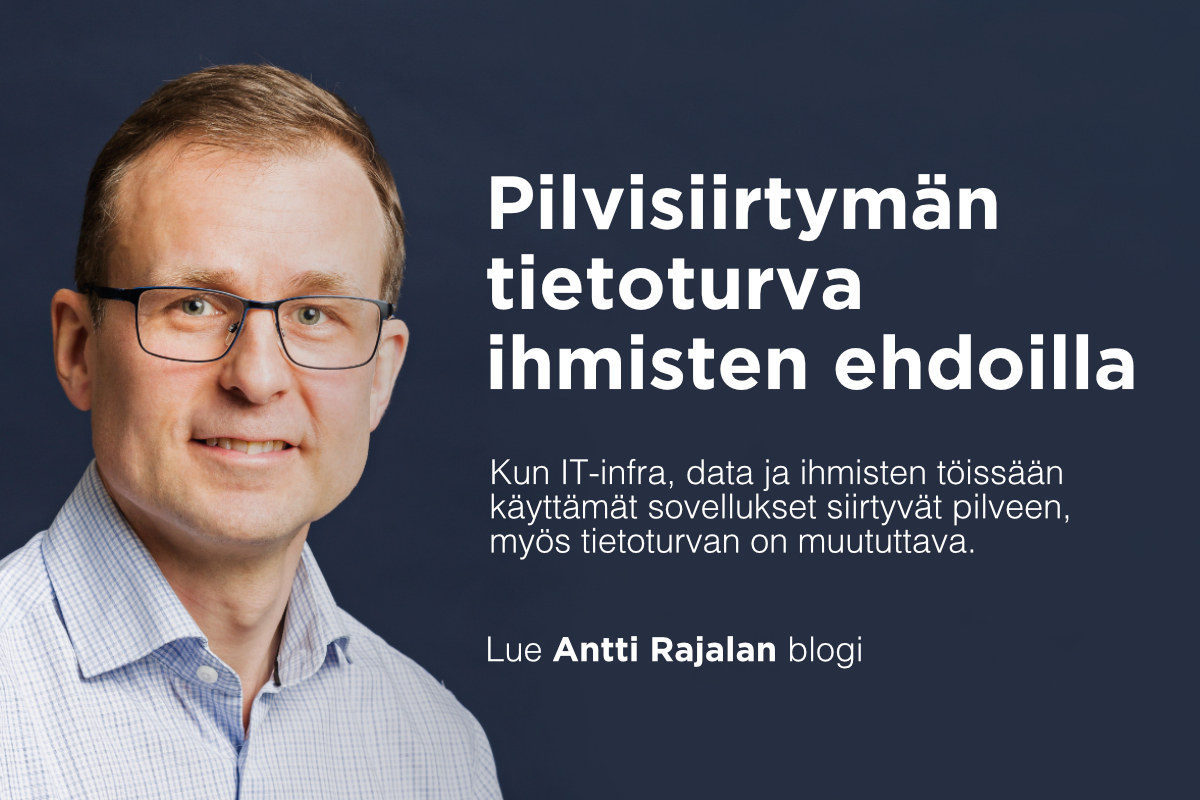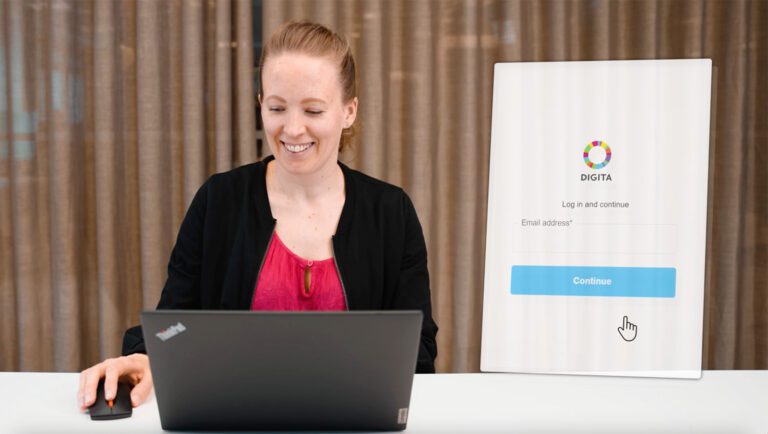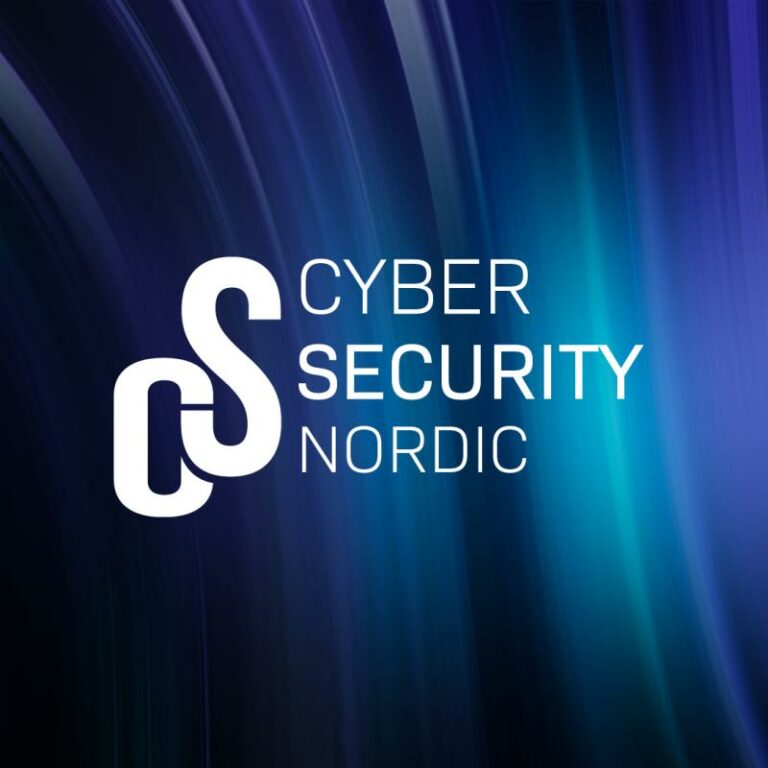As IT infrastructure, data, and the applications people use for work move to the cloud, security must also evolve. Security in the cloud era should be designed “people first”. Read on to find out why.
Cloud services and security
The use of cloud services continues to grow. Teams in your organization adopt Software as a Service (SaaS) solutions independently, resulting in many new services outside the protective perimeters of the corporate network.
With the trend of hybrid work, people have moved out of offices – working from anywhere, on any device. When the most valuable assets are no longer in IT’s control, organizations need to rethink security.
Harnessing the benefits of cloud services while being aware of security risks
Cloud migration offers significant benefits to companies, such as scalability, cost savings, flexibility, improved usability, and access to services from anywhere, at any time.
Fear of losing control or concerns about security and data privacy should not hinder the adoption of cloud services, although it is good to be aware of the risks. While cloud services create new demands for security, there are effective tools and strategies available to mitigate the risks.
People as part of the organization’s defense
People’s digital identities (e.g., usernames and passwords), play a crucial role in cloud migration. Individual users are a popular target of attackers because access to one cloud-based system can open gates to an organization’s critical data.
Therefore, it is essential to manage the life cycle of digital identities automatically. Create and revoke accounts in a timely manner, grant permissions only as needed, and even limit administrator rights to session-specific access. And don’t forget multi-factor authentication (MFA).
Failing to meet modern security requirements can make it easy for attackers to exploit human errors. However, instead of considering people as “the weakest link in security”, seeing employees as an integral part of your organization’s defense can create a tremendous asset.
Introducing SASE (Secure Access Service Edge) solutions
Secure Access Service Edge (SASE) solutions address these evolving security needs of organizations. SASE is based on the idea of delivering security services from cloud and providing easy and secure access to them and other services from anywhere. With SASE, security is no longer tied to traditional network perimeters but is applied wherever and whenever users access resources. The idea is to provide security from heavy cloud & thin branch, and it creates a comprehensive security framework for the cloud era.
A modern solution to security in the cloud
SASE solutions provide secure access to cloud-based applications and data while delivering robust security features, including identity-based access controls, data loss prevention, and threat protection.
This aligns perfectly with the concept of “people-first security” – prioritizing user identities and securing their access to resources, no matter where they are.
Security as an enabler, not a roadblock
Perceiving security as a hindrance, a barrier, or a complicating factor is outdated and dangerous. Such thinking may encourage people to bypass IT and ignore security guidelines. It doesn’t have to be this way.
Modern solutions can simultaneously improve security and usability. Security should adapt to people’s changing work habits. When security is implemented in a way that makes it easy for people to adhere to policies without radically altering their routines, it becomes more effective.
Adopting new, user-friendly SaaS services can enhance productivity, but only when necessary technical controls are in place to ensure security, privacy, and usability. SASE is a perfect example of such a holistic framework that takes a user-centric approach to security. Similarly, when a user can access all the necessary applications with a single passwordless login, there is no opportunity or need to use self-created, often weak passwords. This is already a reality for many of our customers and can be easily implemented.
People-first security
Effective security begins with understanding people and their behavior. Designing security with people’s needs and business requirements in mind leads to better results than a technology-driven approach. “People-first security” focuses on keeping people, applications, and data secure regardless of time or location, while respecting people’s needs, behavior and work habits.
In the context of cloud migration, the easiest and quickest way to improve security is by engaging experienced and versatile experts. An expert will assess the current situation, work with you to define the desired state, plan a development roadmap for your organization, and identify necessary solutions.
Get in touch if you need assistance with security in the cloud era. We secure organizations in the midst of cloud migration, with a focus on people and their digital identities.






